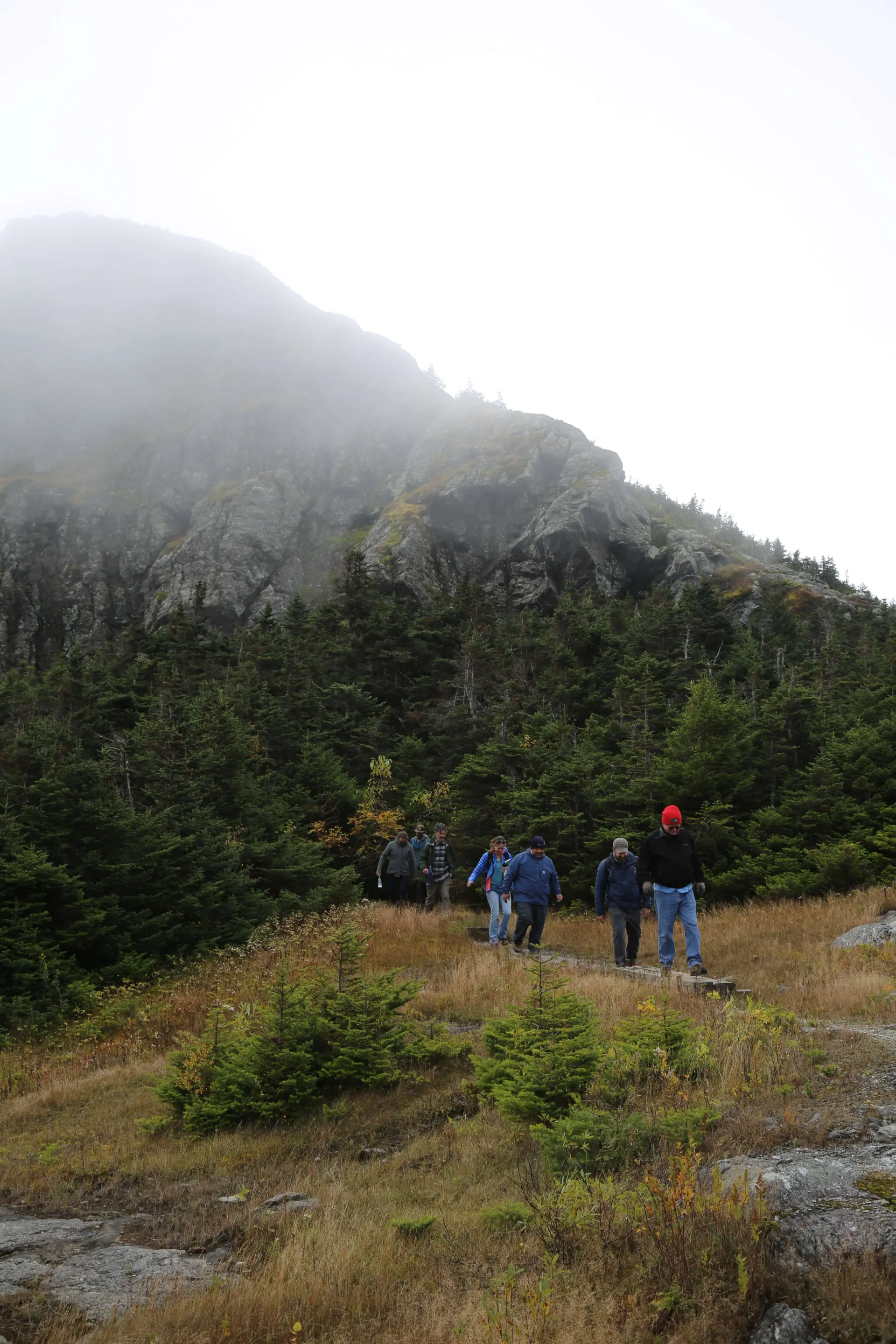The Northeast Snow Survey (NESS) is a feasibility study to develop an automated snowpack and climate monitoring network in the northeast United States. Monitoring systems will collect snow, water, and temperature data, allowing scientists to track weather changes, make water estimates, and predict flooding events.

Read More:
There is a need for a system of coordinated snow monitoring, as there is currently limited ability to predict flooding and water supply. It is critical to understand the environment and its impact on our landscapes and communities, especially in the changing northeast climate.
Connecting Peaks to Streams: Exploring Snowpack and Streamflow at Mount Mansfield UNH NESS